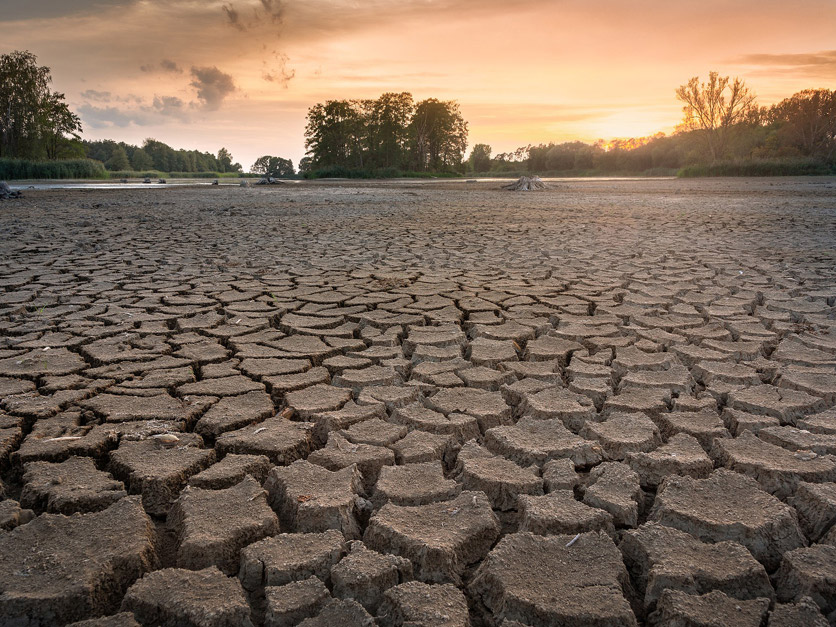A new report from the Department of Agriculture’s Agricultural Research Service and the University of Arizona says dry periods have been longer and annual rainfall has decreased over the course of the last 50 years.
ARS says across most of the western U.S., total annual rainfall has decreased by an average of about four inches over the last half-century, and the dry period of each year has increased from 20 to 32 days across the West.
“The greatest changes in drought length have taken place in the desert Southwest. The average dry period between storms in the 1970s was about 30 days; now that has grown to 45 days,” said Joel Biederman, a research hydrologist with the ARS Southwest Watershed Research Center in Tucson, Ariz.
According to ARS, there were “notable exceptions” to the drought patterns in parts of Washington, Oregon, Idaho, Montana, Wyoming, and the western parts of North and South Dakota. In those areas, “the researchers found some increases in total annual rainfall and decreases in drought intervals.”
Interested in more coverage and insights? Receive a free month of Agri-Pulse West.
A critical aspect of the study is the use of actual rainfall data from 337 weather stations spread across the western United States. Biederman contrasted this with the more common use of “gridded” data, which relies on interpolations between reporting stations and tends to smooth out some of the variability revealed by this work.
For more news, go to www.Agri-Pulse.com.


